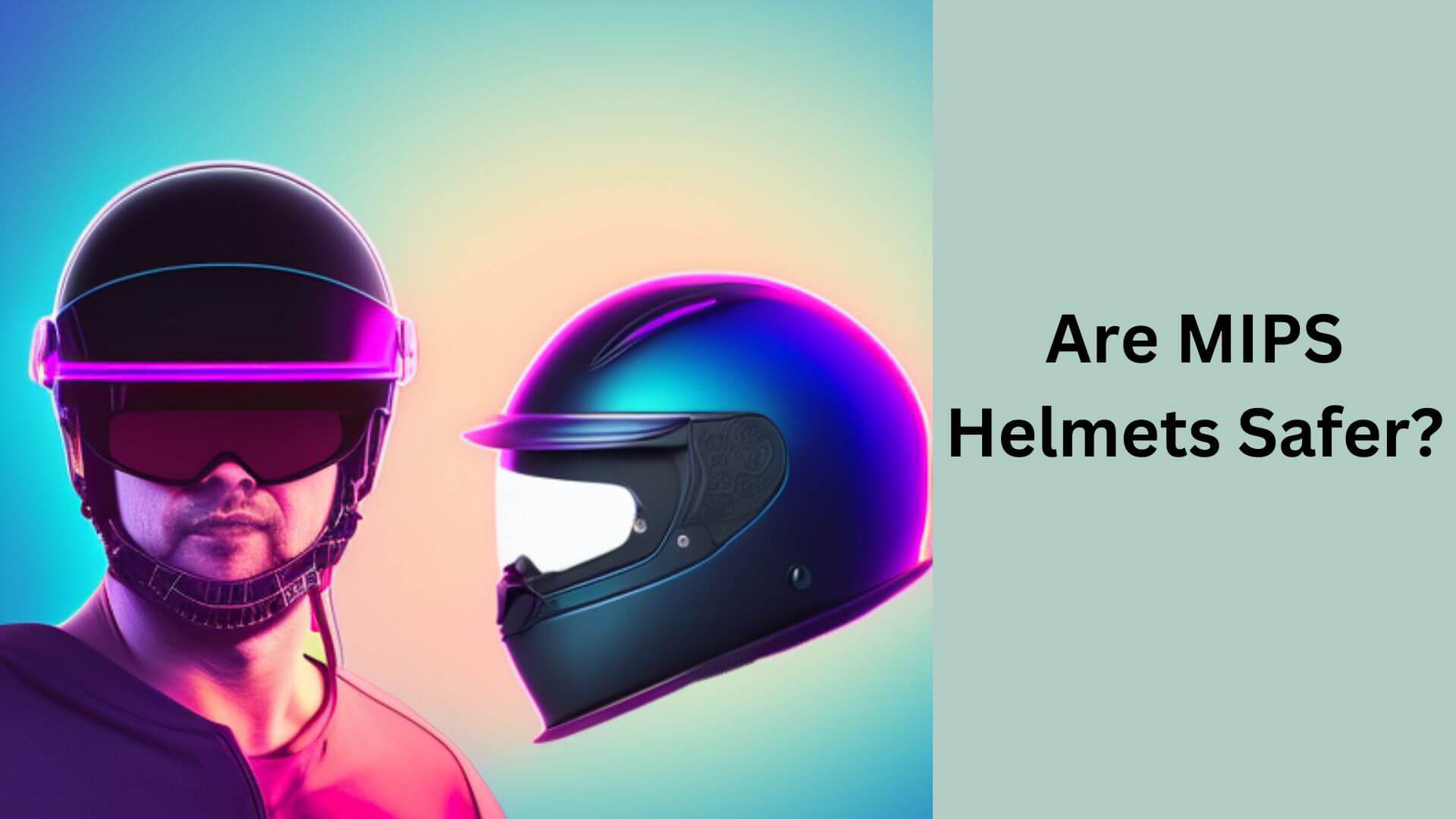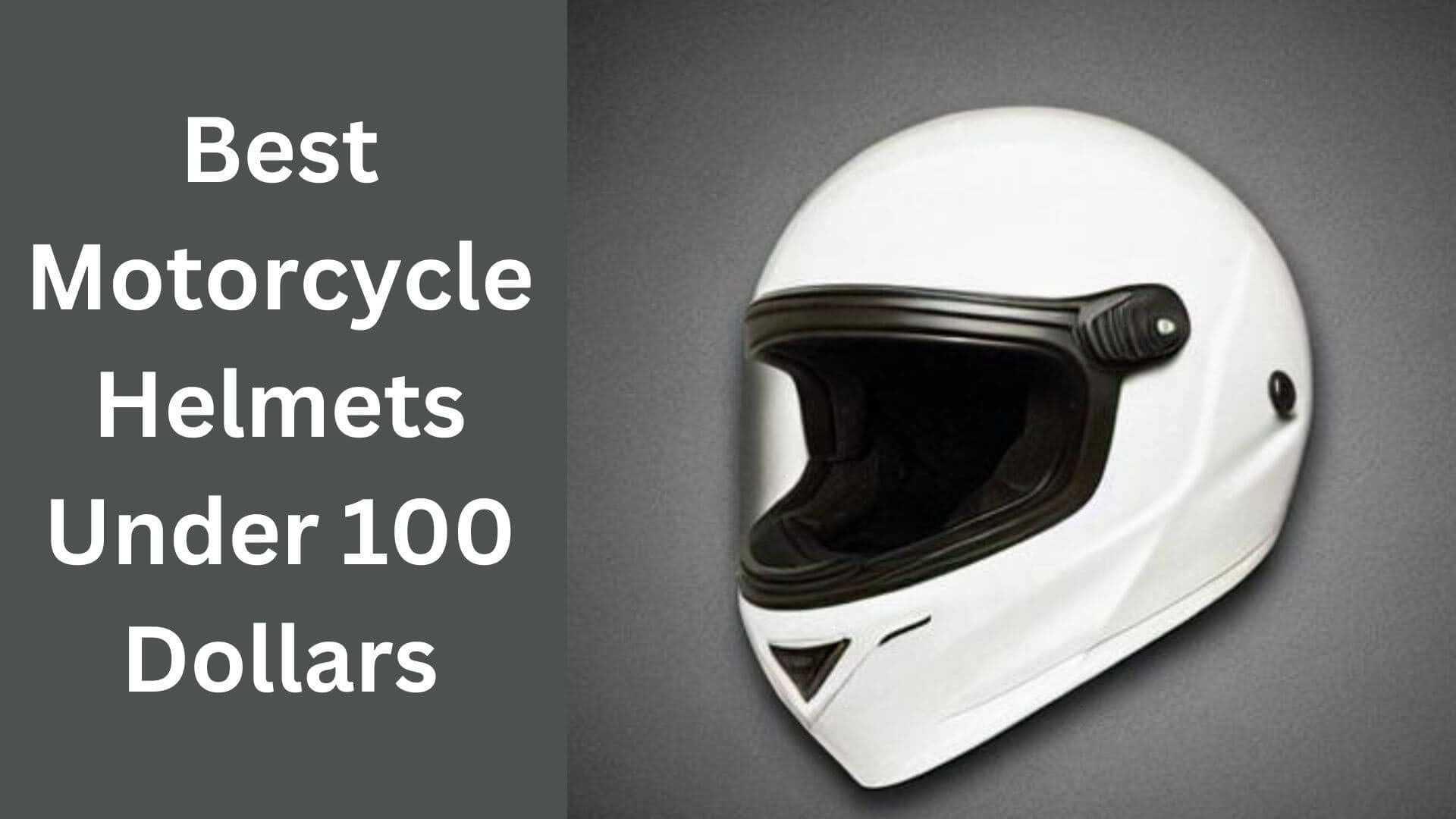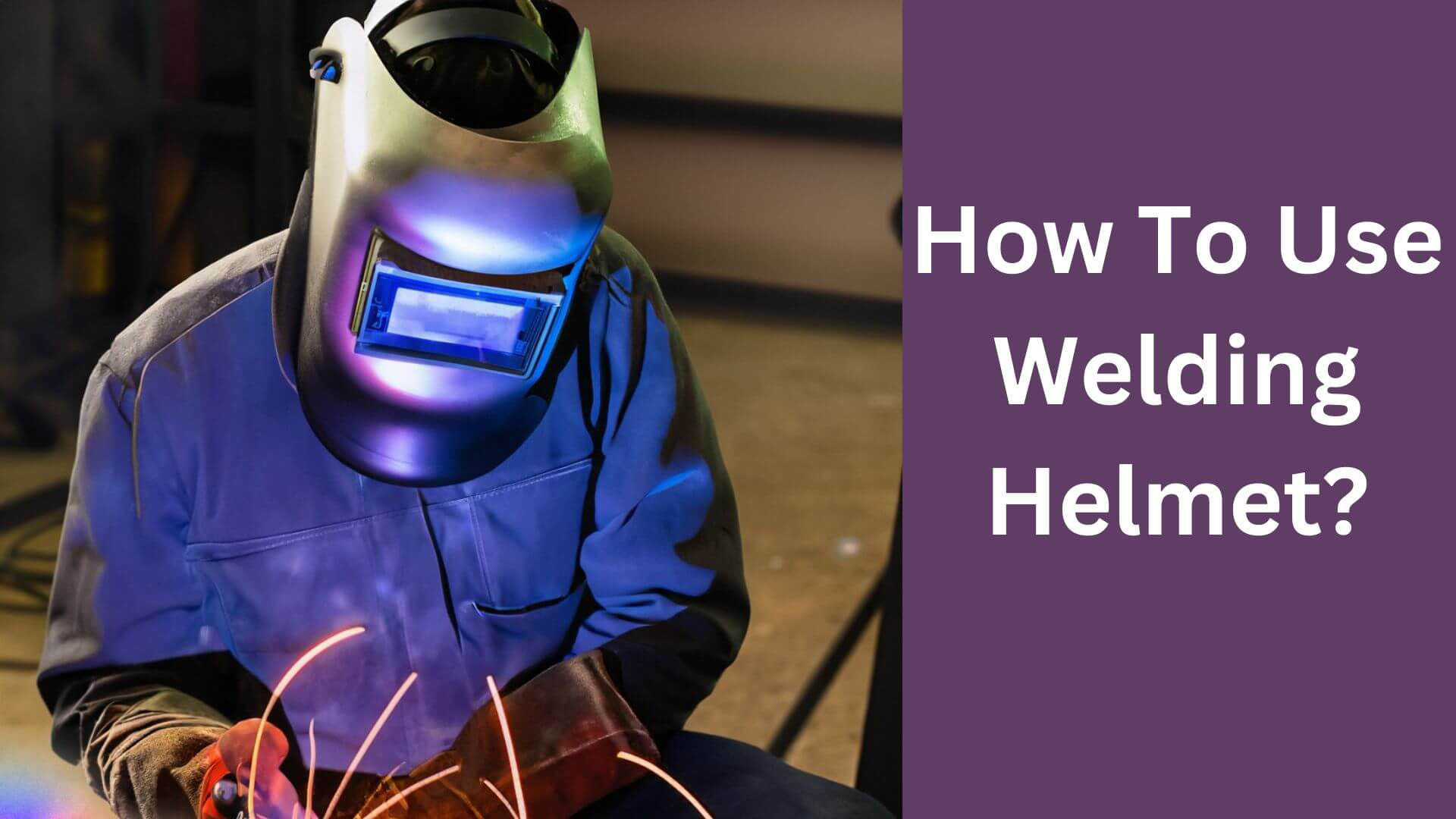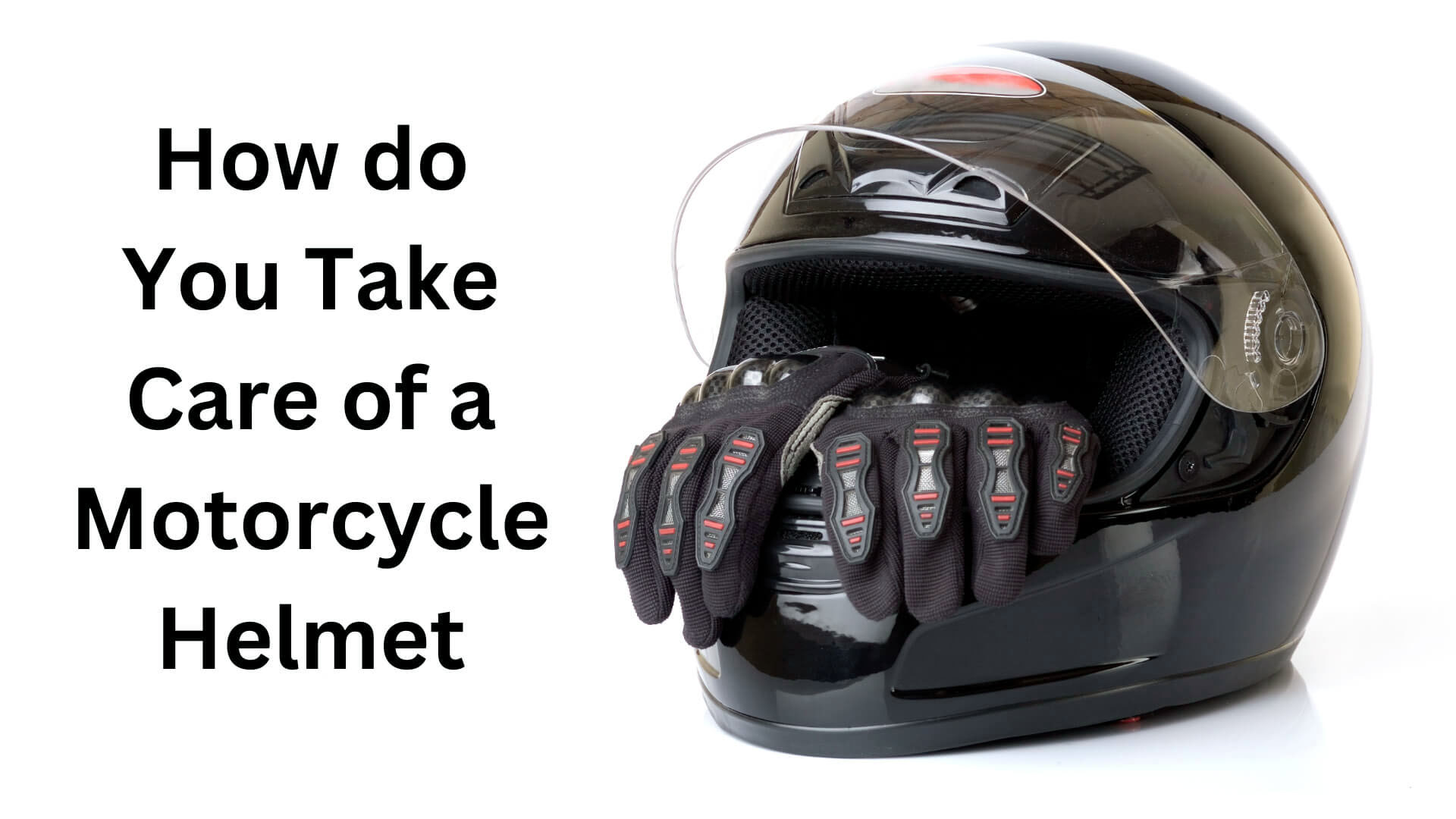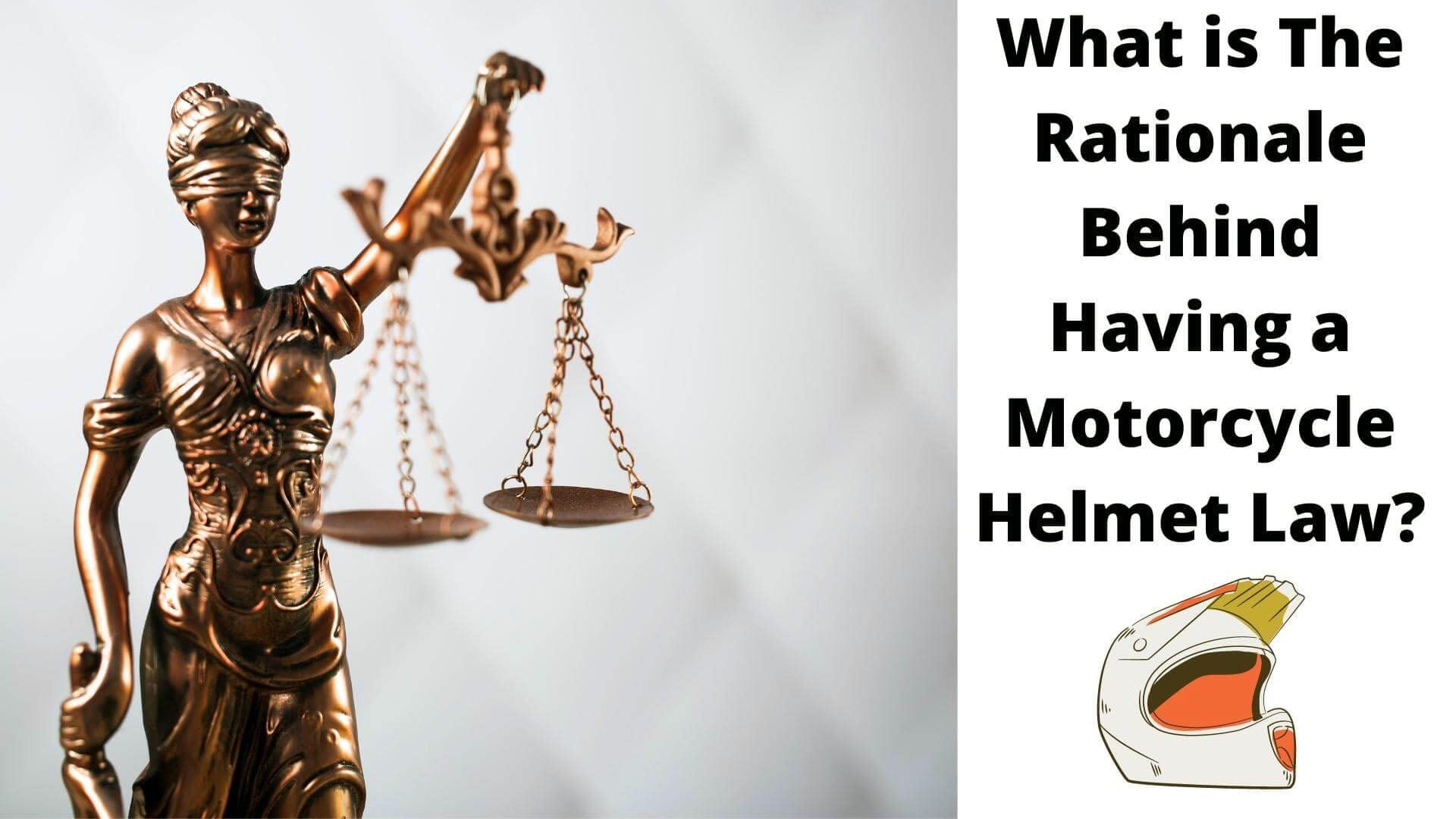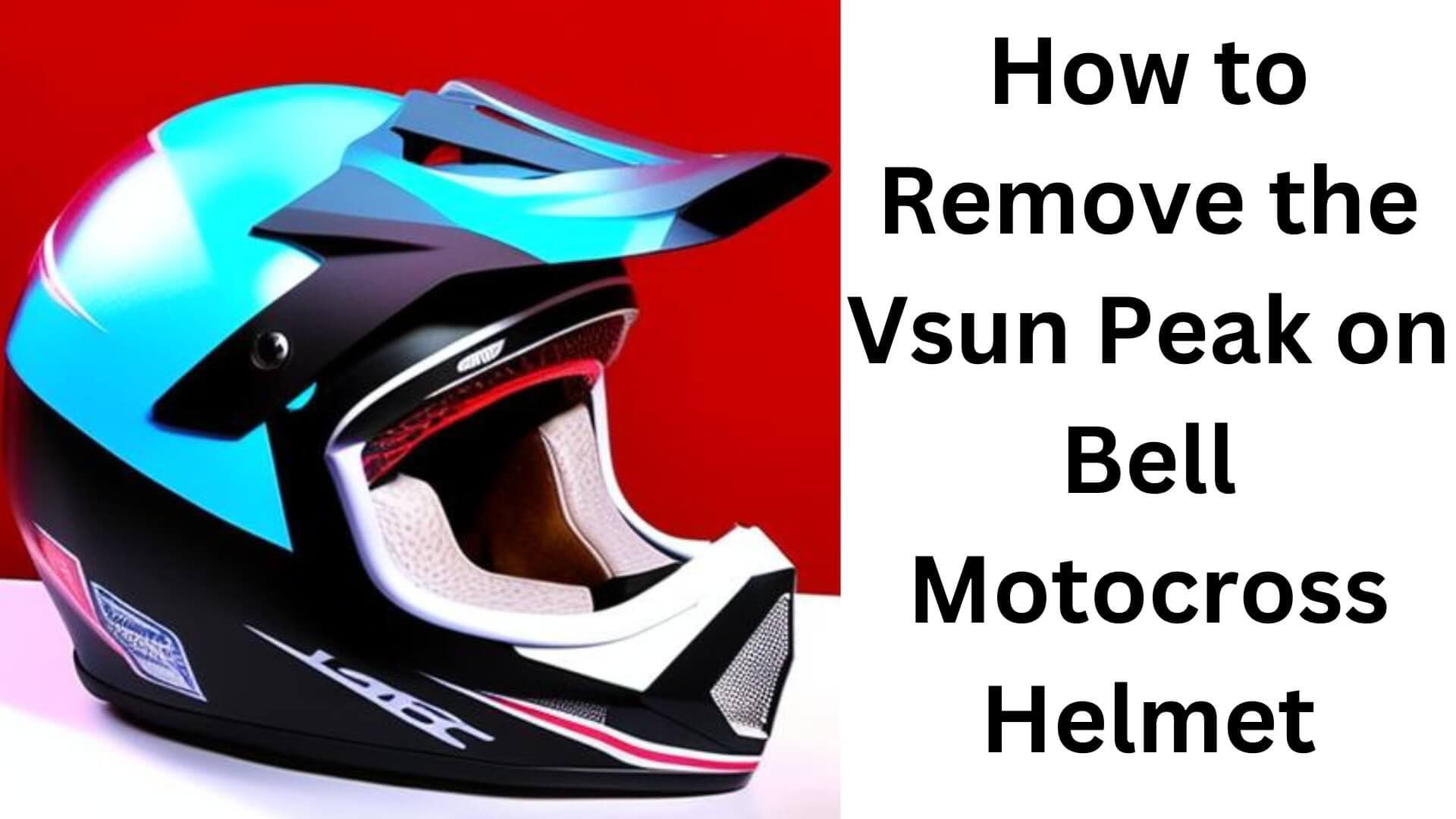How Should a BMX Helmet Fit Guide for Beginners and Pros
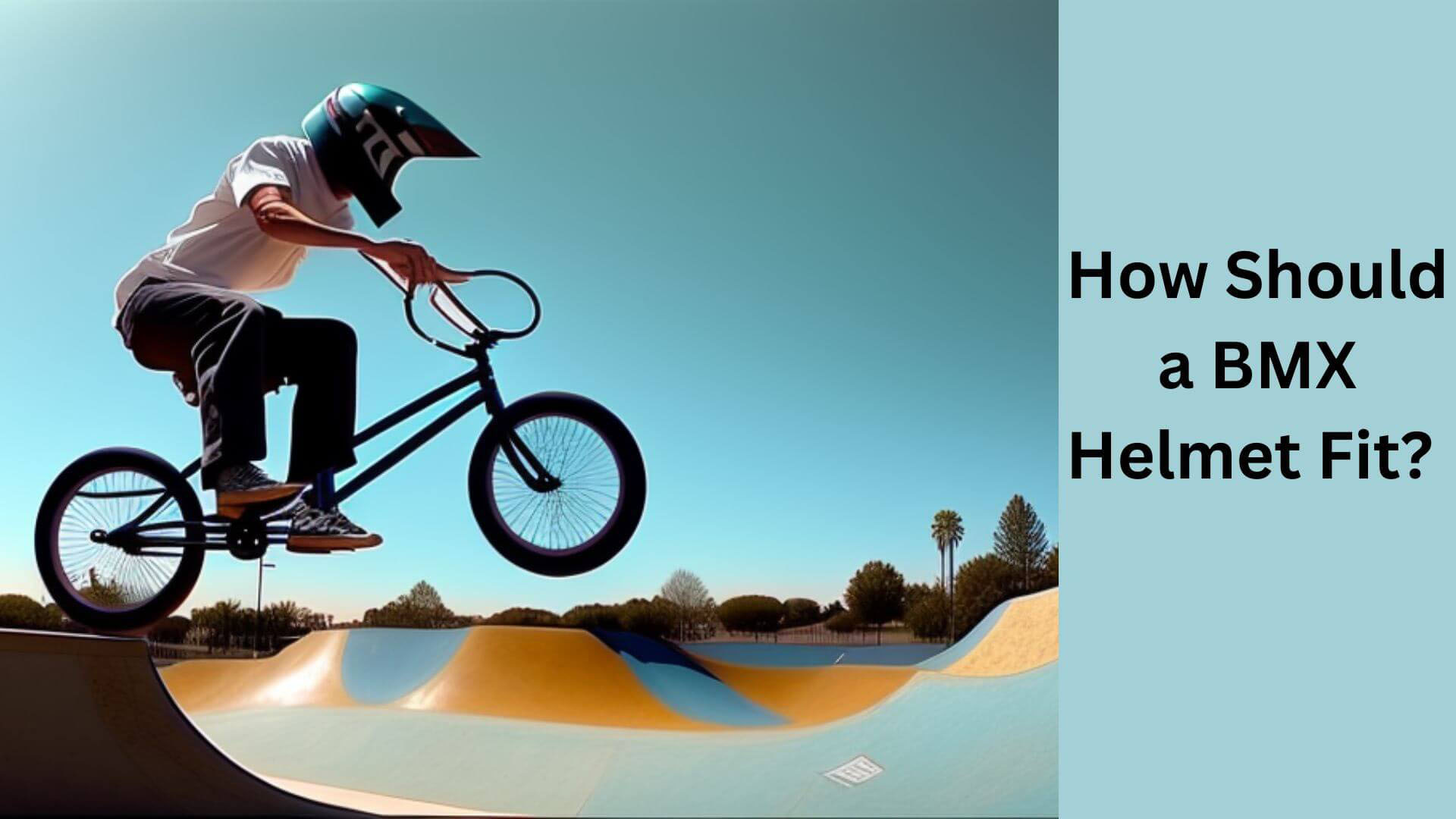
Riding a BMX bike can be an exhilarating experience, but it can also be dangerous if you don’t take the necessary precautions.
BMX helmets are designed to protect riders’ heads in the event of a crash. However, many riders don’t know how should a BMX helmet fit.
Don’t worry; I am here. To ensure that your helmet is fit properly, follow these steps:
- Find out how big your head is at its widest point.
- Compare this measurement to the sizing chart on your helmet. You’re good to go if your head circumference exceeds the size range! If not, try a smaller size or try another style of helmet.
- When it comes to choosing a BMX helmet, it’s essential to take into account your head shape and size.
So before you buy, measure your head and compare it to the sizing charts on the helmets you’re interested in.
In this article, I will discuss how a BMX helmet should fit to ensure maximum rider safety.
Why is it Important to Wear a Properly Fitted BMX Helmet?
Wearing a BMX helmet that fits well is essential for your protection. If your helmet doesn’t fit properly, it won’t be able to protect your head adequately in case of a fall or accident.
A loose-fitting helmet can slip off your head or move around, exposing your head to injuries.
On the other hand, a helmet that’s too tight can be uncomfortable and cause headaches, which can affect your focus while riding. A well-fitted helmet should sit snugly on your head, providing maximum protection and comfort.
What Are the Key Features to Look for When Fitting a Bmx Helmet?
When fitting a BMX helmet, there are several key features to look for to ensure proper fit and maximum protection. These features include:
- Coverage: The helmet should cover your forehead and the back of your head to protect the most vulnerable parts of your head.
- Snug fit: The helmet should fit snugly on your head without any pressure points but not too tight that it causes discomfort or headaches.
- Level placement: The helmet should sit level on your head, not tilted forward or backward.
- Chin strap: The chin strap should be adjusted to form a V shape under your ears, and you should be able to fit one finger between your chin and the chin strap.
- No movement: The helmet should not move around when you shake your head and should not slip off your head when you lean forward.
- Size: The helmet should be the right size for your head. To ensure the right size, measure your head and compare it to the size chart of the helmet you’re interested in buying.
You can ensure maximum protection and comfort while riding by checking for these key features when fitting a BMX helmet.
Check Also: 9 Awesome BMX Helmets In Your Budget.
How Should a BMX Helmet Fit? Step by Step
While working on a BMX helmet, following these step-by-step instructions can help ensure a proper and safe fit:
Step 1: Position the helmet on your head.
Hold the helmet by the chin straps and position it on your head to cover your forehead and the back.
Step 2: Put your hands over your eyes.
While holding the helmet, put your hands over your eyes and try to look up. The helmet should stay in place and not shift down over your eyes.
Step 3: Pull down on the helmet.
With the helmet still in place, try to pull it up and off your head from the back. If it moves more than an inch, it’s too loose and needs to be adjusted.
Step 4: Gently squeeze the helmet’s face plate.
While wearing the helmet, gently squeeze the front and back of the helmet’s face plate. If it moves more than an inch, it’s too loose and needs to be adjusted.
Step 5: Stand up and look in front of you.
With the helmet still on your head, stand up straight and look in front of you. The helmet should not tilt forward or backward on your head.
Step 6: Rotate your head from side to side.
While still standing, rotate your head from side to side. The helmet shouldn’t move around; it should stay in place.
Step 7: Turn your head from left to right.
Finally, turn your head from left to right. The helmet should stay in place and not shift on your head.
If the helmet fails any tests, make adjustments to ensure a proper fit. Remember that a well-fitted helmet is essential for your safety while riding a BMX bike.
BMX Helmet Measurement Chart
here is an example of a BMX helmet measurement chart:
| Helmet Size | Head Circumference (inches) | Head Circumference (cm) |
| XS | 20-21.25 | 51-54 |
| S | 21.25-22.5 | 54-57 |
| M | 22.5-23.25 | 57-59 |
| L | 23.25-24.5 | 59-62 |
| XL | 24.5-25.25 | 62-64 |
Remember that each manufacturer may have slightly different sizing, so it’s essential to check their specific size chart and instructions for fitting their helmet correctly.
Read More: Are BMX Helmets Safe for Road Use?
Which Size Should you buy?
You must measure your head to determine which size BMX helmet you should buy. To do this, use a soft tape measure or a piece of string to measure the circumference of your head just above your eyebrows and ears.
Ensure the tape measure or string is level and snug but tight.
Once you have your head measurement, compare it to the size chart you want to buy from the helmet manufacturer.
Each manufacturer may have slightly different sizing, so checking their specific size chart is essential.
Choosing the larger size is generally recommended if your head measurement falls between two sizes.
Remember, a too-small helmet will be uncomfortable and not provide adequate protection in case of impact.
At the same time, a too-large helmet may slip or shift on your head, reducing its ability to protect your head.
By taking the time to measure your head and consult the size chart provided by the manufacturer, you can ensure that you choose the correct size BMX helmet for your head, providing the best protection and comfort while riding.
How Do You Determine if Your Cycling Helmet is Too Large?
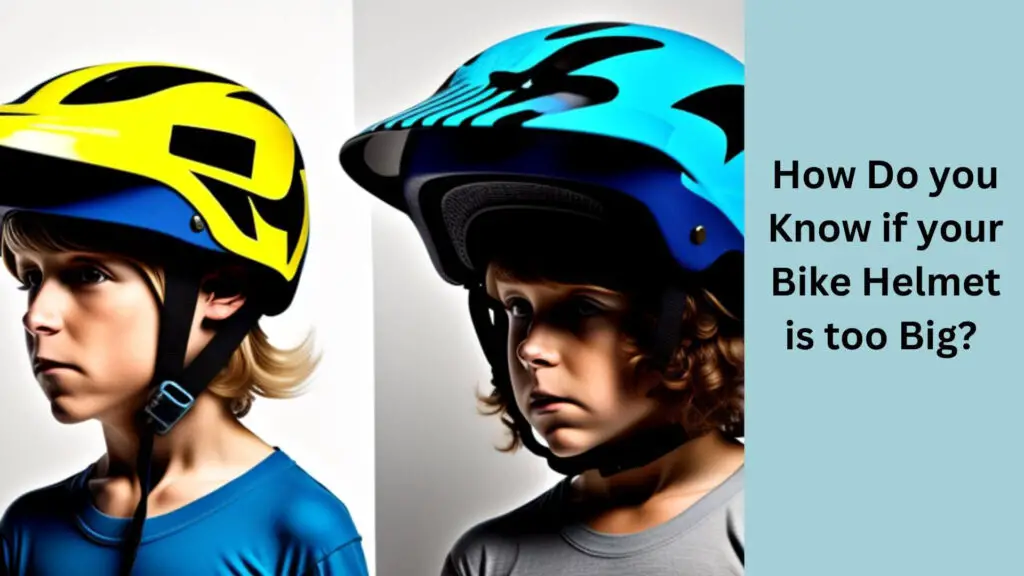
If your bike helmet is too big, it may not provide adequate protection in case of an impact. Here are some signs that your bike helmet may be too big:
- The helmet moves or slips on your head: If the helmet shifts or moves around while you’re riding, it may be too big. A properly fitting helmet should stay in place and not move around.
- There is too much space between your head and the helmet: If you can fit more than one finger between your head and the helmet, it’s too big. A well-fitted helmet should be snug and fit securely on your head without being too tight or too loose.
- The helmet sits too low on your forehead: If the helmet sits too low on your forehead, it may be too big. A properly fitting helmet should cover your forehead and sit level on your head.
- The helmet wobbles from side to side: It may be too big if it wobbles or shifts from side to side while you’re riding. A well-fitted helmet should stay in place and not move around.
- The straps are loose: If the straps on your helmet are loose and you can’t tighten them properly, they may be too big. The straps should fit snugly under your chin, and the helmet should be securely on your head.
If you notice any of these signs, replacing your helmet with one that fits properly is important. Remember, a properly fitting helmet is essential for your safety while riding.
Read More: Is it Illegal to Ride a Bike Without a Helmet?
What are the Best BMX Helmets for My Head Size?
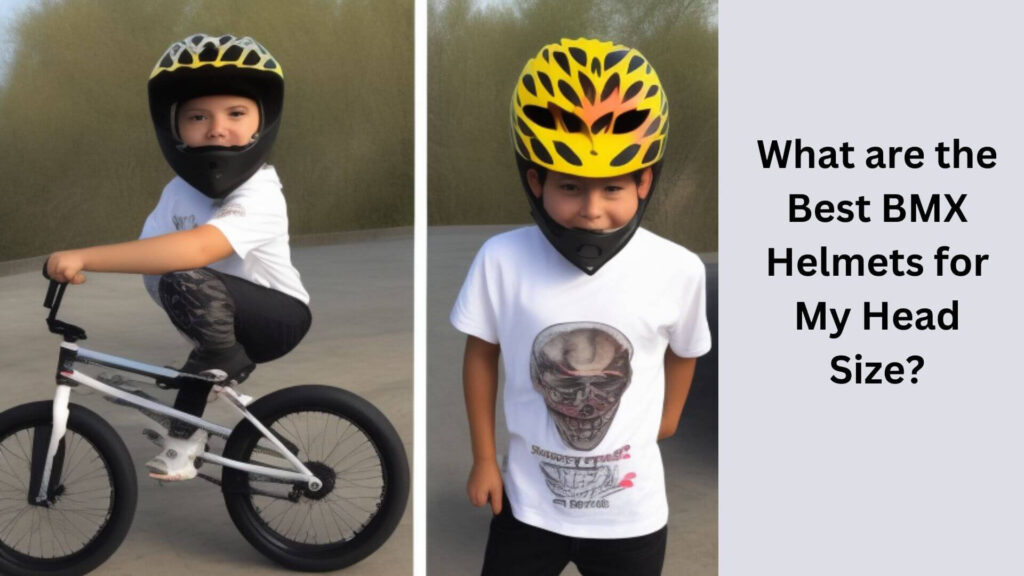
The best BMX helmets for your head size will depend on your head measurements and the specific brands and models of available helmets.
However, here are some tips to help you find the best BMX helmet for your head size:
- Measure your head: Use a soft tape measure or piece of string to measure the circumference of your head just above your eyebrows and ears. Ensure the tape measure or string is level and snug but tight.
- Consult the manufacturer’s size chart: Each manufacturer may have slightly different sizing, so it’s essential to check their specific size chart to determine which size helmet will fit your head.
- Try on different helmets: It’s essential to try on different helmets to see which one fits your head the best. Look for a snug and secure helmet without being too tight or loose. Make sure the helmet covers your forehead and sits level on your head.
- Consider adjustable helmets: Some BMX helmets come with adjustable fit systems that allow you to customize the fit for your head size and shape. These can be a good option if you have a head size between two standard helmet sizes.
- Look for safety certifications: When choosing a BMX helmet, look for safety certifications such as CPSC, ASTM, or Snell, which ensure that the helmet meets specific safety standards.
Some popular brands of BMX helmets include Bell, Fox, Troy Lee Designs, and Giro. Ultimately, the best BMX helmet for your head size will fit properly and meet your comfort, style, and safety needs.
How Often Should you Replace your BMX Helmet?
It is generally recommended to return your bike helmet every 5-10 years, depending on the frequency of use and the kind of care you accord it.
However, there’s no universally agreed-upon standard for how often you should replace your bike helmet.
The Consumer Product Safety Commission advises getting a new helmet every 5 to 10 years (unless manufacturers recommend otherwise).
Most importantly, if you have had a crash while wearing your helmet, you should replace it immediately. Even if the helmet looks OK after a collision, you may have damaged the interior foam, so you can’t detect it.
Common Mistakes When Fitting a BMX Helmet
Here are some common mistakes people make when fitting a BMX helmet:
- Wearing the helmet too high on the forehead, exposing the forehead.
- Wearing the helmet too loose can cause it to move around.
- Wearing the helmet too tight can cause discomfort and headaches.
- Not adjusting the straps properly can affect the helmet’s fit and protection.
FAQS About How Should a BMX Helmet Fit?
How do I measure my head for a BMX helmet?
Use a soft tape measure to measure the circumference of your head just above your eyebrows and ears. This measurement will help you find the right size helmet for your head.
How tight should the chin strap be on a BMX helmet?
The chin strap should be snug, but not excessively so. You should be able to fit one or two fingers between the strap and your chin.
Are adjustable BMX helmets a good option?
Adjustable BMX helmets can be a good option if you have a head size between two standard helmet sizes. Look for helmets with customizable fit systems to find the best fit for your head.
Can you wear a helmet that’s too big or too small?
No. Wearing a helmet that’s too big or small can compromise its ability to protect your head in case of an impact.
Final Word
A properly fitting BMX helmet is essential for minimizing the risk of head injuries. Measuring your head, using a sizing chart, trying on helmets, adjusting the fit, and periodically checking the fit are all critical steps to ensure proper helmet fit.
Adequate care and helmet replacement are also crucial for maintaining its effectiveness in providing protection.
Following these steps, you can ensure that your BMX helmet fits properly and provides protection for a safe ride.

Hey, I’m Hrithik Hossain. I am the head of helmethacks.com, which specializes in safety helmets. I am looking to connect with anyone interested in purchasing a helmet or who has any questions about different types of helmets. I have over 8 years of experience as a helmet expert, and I can’t wait to help you find the perfect helmet for you. I can help you with any questions regarding helmets, from the best brands to fitting, style, and more! I really enjoy keeping people safe by ensuring they have the best protection possible.

